5 Tips to Optimize Your Sprinkler Control Valve Sign for Maximum Efficiency
In the realm of landscape management and irrigation systems, the effectiveness of a Sprinkler Control Valve Sign is crucial for maintaining optimal water usage and ensuring efficient operation. As many property owners and facility managers strive to enhance their watering strategies, understanding the importance of a clearly visible and strategically placed sign cannot be overstated. This blog post will delve into five essential tips designed to optimize your Sprinkler Control Valve Sign for maximum efficiency, ultimately leading to better irrigation practices and improved water conservation efforts.
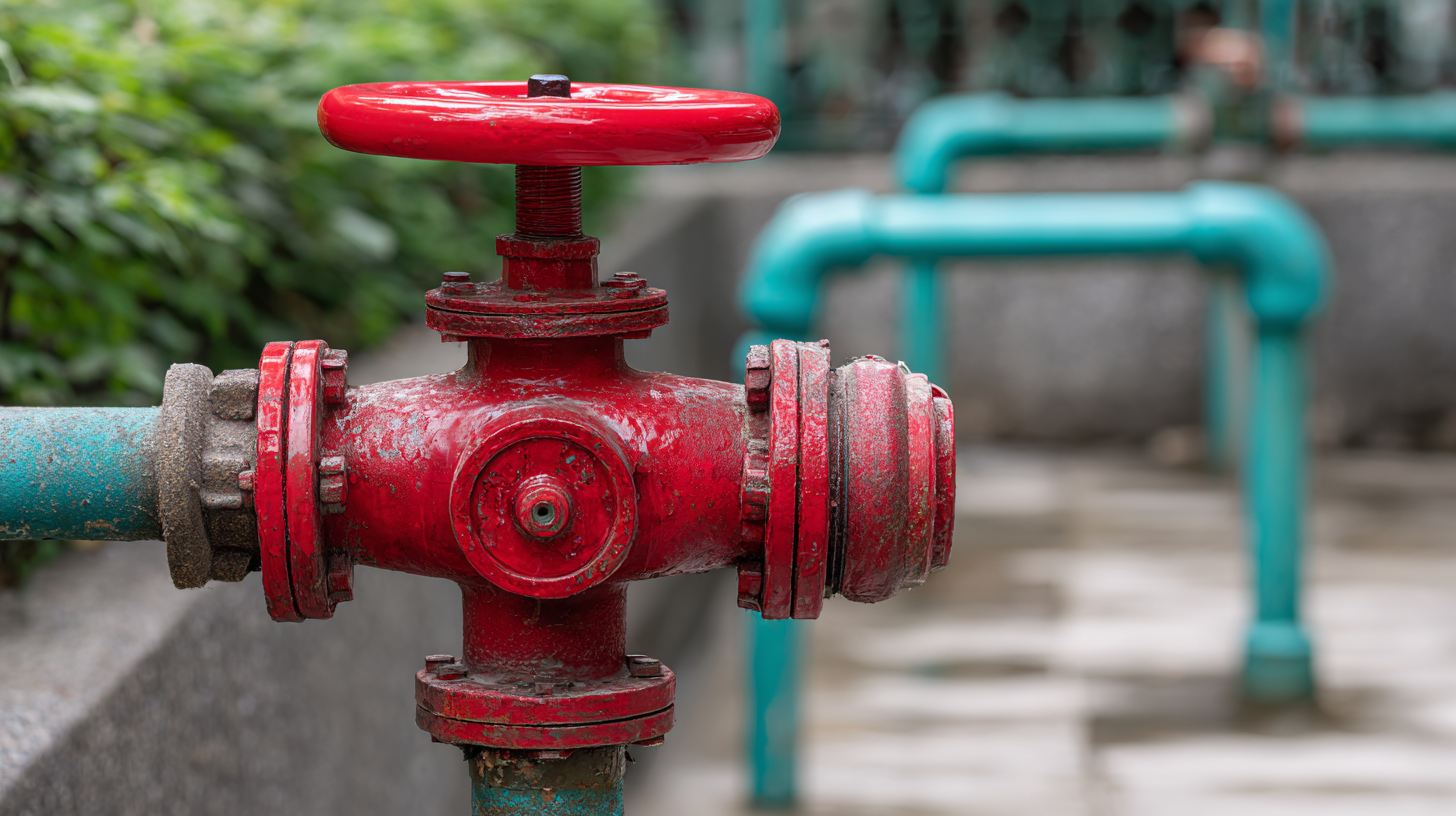
Whether you are overseeing a sprawling commercial landscape or a residential garden, these best practices will help you leverage your signage to communicate important information effectively, enhance accessibility, and promote sustainable watering habits in your community. Join us as we explore these practical insights that can make a difference in your irrigation management.
The Importance of Accurate Signage for Sprinkler Control Valves in Water Conservation
Accurate signage for sprinkler control valves plays a crucial role in water conservation efforts. According to the Environmental Protection Agency (EPA), approximately 50% of residential water usage goes towards outdoor irrigation, much of which is wasted due to inefficient watering practices. Effective signage helps in identifying the location and function of these valves, ensuring that they are operated correctly and maintained properly. Research indicates that clear, visible signage can reduce watering errors by up to 30%, significantly lowering unnecessary water consumption.
Moreover, the American Society of Irrigation Consultants highlights that well-marked control valves contribute to a more efficient irrigation system. When irrigation professionals and homeowners can easily locate and identify valve controls, they can implement timely adjustments that optimize water application. This proactive management not only conserves water but also supports greater plant health. By investing in high-quality signage that clearly communicates essential information, property owners can enhance the overall functionality of their irrigation systems while contributing positively to sustainability efforts.
5 Tips to Optimize Your Sprinkler Control Valve Sign for Maximum Efficiency
| Tip Number | Tip Description | Expected Outcome | Implementation Time (hrs) |
|---|---|---|---|
| 1 | Ensure clear and legible font on signs | Increase visibility and compliance | 2 |
| 2 | Use reflective materials for signs | Enhanced visibility during low light | 1.5 |
| 3 | Position signs at eye level | Easier access to information | 1 |
| 4 | Incorporate QR codes for digital access | Quick access to detailed instructions | 2.5 |
| 5 | Regularly update signage information | Ensure accuracy and relevance | 1 |
Key Metrics on Sprinkler Efficiency: Understanding Flow Rates and Pressure Optimization
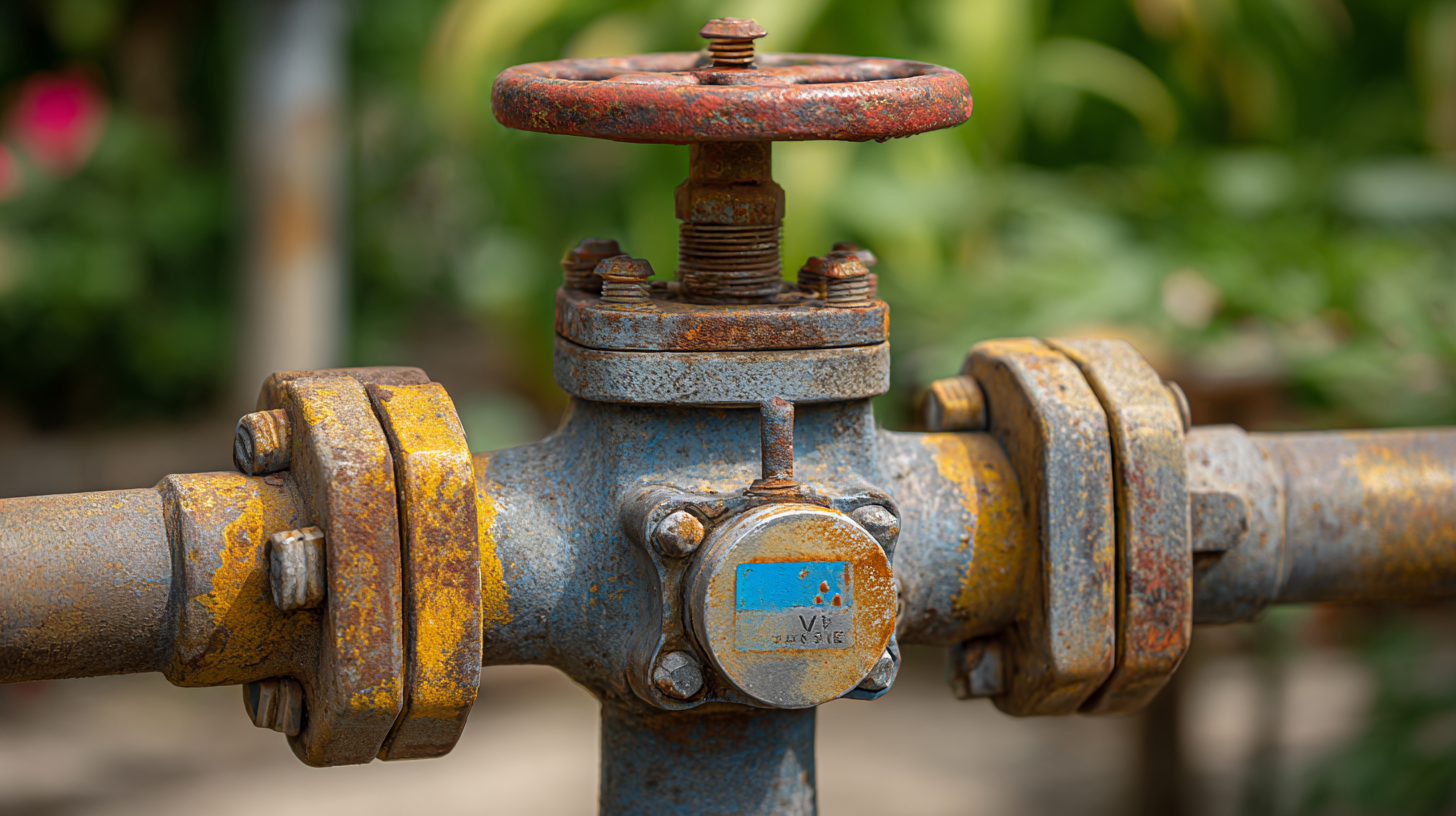 Optimizing your sprinkler control valve sign involves a detailed understanding of flow rates and pressure, both crucial metrics for enhanced irrigation efficiency. Flow rates, measured in gallons per minute (GPM), indicate how much water is being delivered to your landscape. An accurate flow rate ensures that each section of your garden receives the right amount of water, preventing over or under-watering. For instance, if the flow rate is too high, it may lead to runoff, while a low flow rate could result in poor plant health due to insufficient hydration.
Optimizing your sprinkler control valve sign involves a detailed understanding of flow rates and pressure, both crucial metrics for enhanced irrigation efficiency. Flow rates, measured in gallons per minute (GPM), indicate how much water is being delivered to your landscape. An accurate flow rate ensures that each section of your garden receives the right amount of water, preventing over or under-watering. For instance, if the flow rate is too high, it may lead to runoff, while a low flow rate could result in poor plant health due to insufficient hydration.
Pressure optimization is equally important. Proper pressure settings ensure that the water is distributed evenly across the entire system. High pressure can damage pipelines and spray heads, while low pressure might not provide adequate coverage. Adjusting the pressure allows for uniform distribution, minimizing water waste and promoting healthy plant growth. By placing clear signage that conveys this information about flow rates and pressure, gardeners can make informed decisions to adjust their irrigation systems effectively, ultimately leading to a more sustainable and efficient watering practice.
Leveraging Technology: Smart Signage Solutions for Enhanced Irrigation Management
In the realm of irrigation management, leveraging technology has become essential for optimizing efficiency. Smart signage solutions, particularly in sprinkler control, play a pivotal role in this transformation. By integrating real-time data analytics with advanced irrigation technologies, farmers can make informed decisions that directly impact water usage and crop yield. This approach aligns well with precision agriculture, which emphasizes tailored practices to meet specific crop needs, thereby fostering sustainable agriculture.
The rise of the smart water management market underscores the importance of innovative solutions in enhancing irrigation strategies. With a projected CAGR of 12.50%, the market reflects growing recognition of the necessity for efficient water use, particularly in response to increasing global food demands. By harnessing IoT devices and machine learning, farmers can monitor their irrigation systems dynamically, adjusting them based on real-time data. This not only conserves water but also maximizes the potential for sustainable crop production, promoting environmental sustainability in the agricultural sector.
Best Practices for Sign Placement: Maximizing Visibility and Accessibility in Landscaping
Maximizing visibility and accessibility for your sprinkler control valve sign is essential in landscaping. When placing your signs, choose locations that are not only easy to spot but also do not obstruct sightlines. For instance, positioning the sign at a height that matches the eye level of typical passersby can significantly enhance its effectiveness. Avoid placing the sign behind thick vegetation or objects that could lead to reduced visibility.
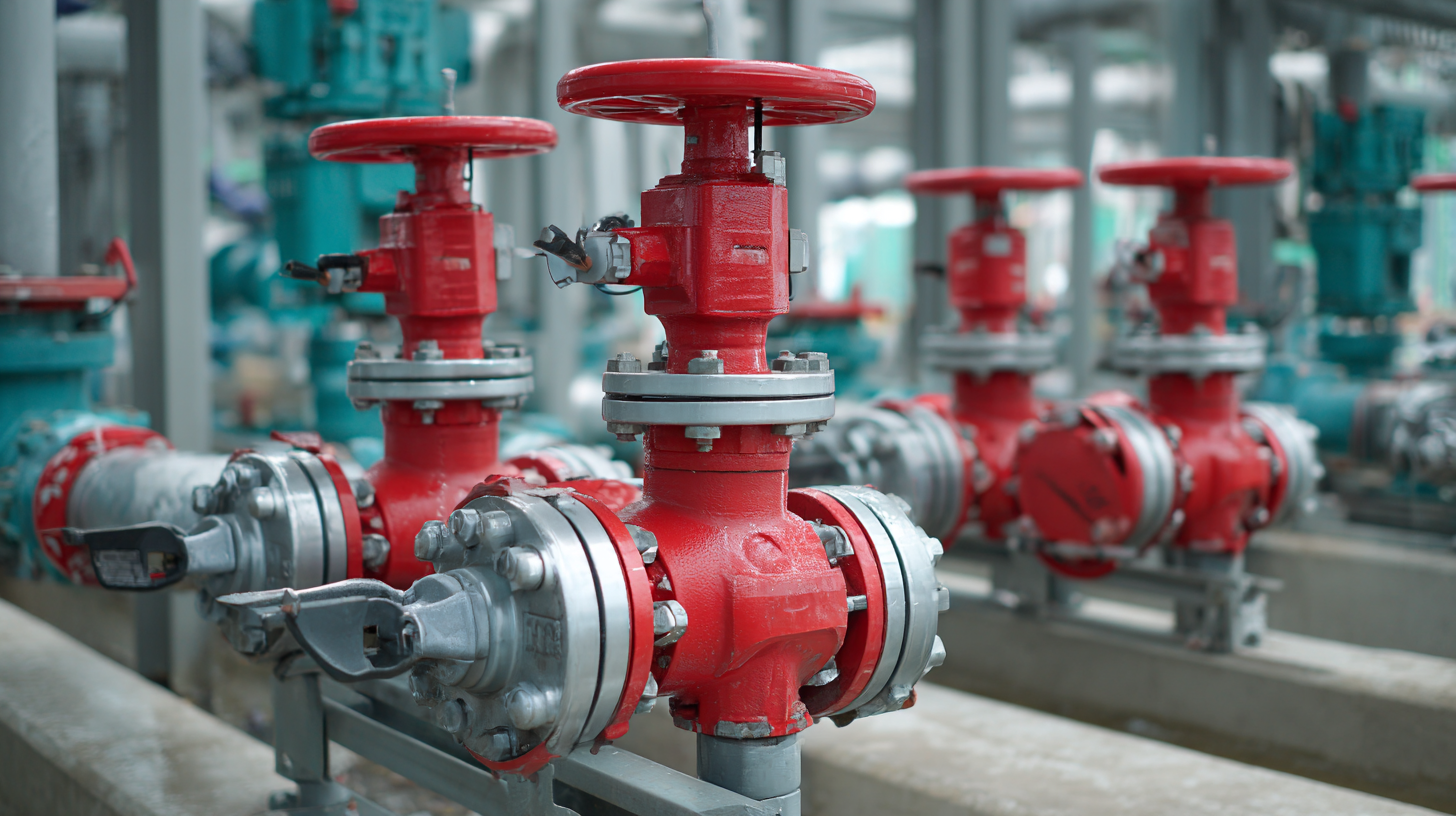
Additionally, lighting plays a crucial role in sign effectiveness, especially in low-light conditions. Installing the sign in well-lit areas or adding supplemental lighting can ensure that it remains visible during the evening hours. Consider using reflective materials for the sign itself to improve visibility after dark.
Lastly, regular maintenance and updates to your signage are important. Weather elements can wear down the sign over time, so routine checks are necessary to keep the sign in optimal condition. If your landscaping layout changes, be prepared to relocate the sign to maintain its visibility and effectiveness. By following these best practices, you can ensure that your sprinkler control valve sign meets both visibility and accessibility needs in your landscape design.
Regular Maintenance and Updates: Ensuring Your Signage Reflects Current System Status
Regular maintenance and updates are crucial for ensuring your sprinkler control valve sign accurately reflects the current status of your irrigation system. A neglected sign can lead to miscommunication and inefficient system management. Therefore, routinely inspect your signage for wear and tear, ensuring that all information is legible and up-to-date. This proactive approach not only enhances visibility but also instills confidence in your operational procedures.
In addition to regular checks, consider implementing simple updates to boost efficiency. One effective tip is to use weather-resistant materials for your signage to prevent fading or damage from environmental factors. Furthermore, utilizing clear and concise language on your sign can significantly reduce confusion among users. Lastly, keeping a digital backup of the sign’s information can facilitate quicker updates and adjustments, especially when system changes occur frequently. By prioritizing maintenance and clarity, you ensure that your signage serves its purpose effectively.
Sprinkler Control Valve Sign Optimization Efficiency
This chart illustrates the efficiency of regular maintenance and updates for sprinkler control valves over the months.
Related Posts
-
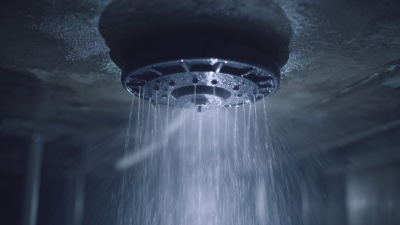
The Future of Fire Safety Best Sprinkler Fire Protection Innovations by 2025
-

Understanding Common Issues with Fire Sprinkler Covers and Their Impact on Safety Standards
-
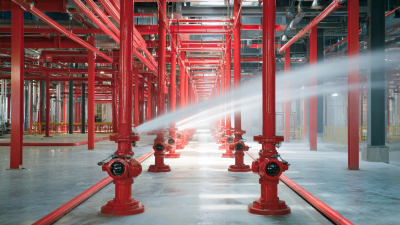
Advantages of Implementing the Best Sprinkler Fire Protection Systems for Your Business
-

Top 10 Best Fire Sprinkler Systems: Real-Life Examples of Superior Safety Solutions
-
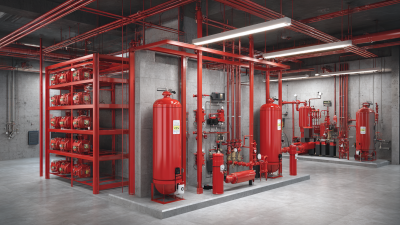
Ultimate Checklist for Selecting the Best Fire Systems to Safeguard Your Facility
-

How to Choose the Best Fire Mist System for Your Industrial Needs
